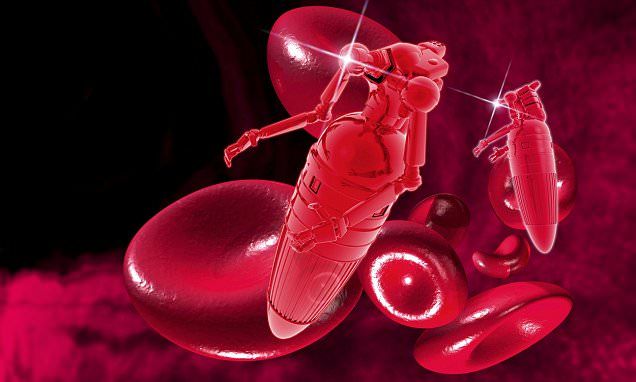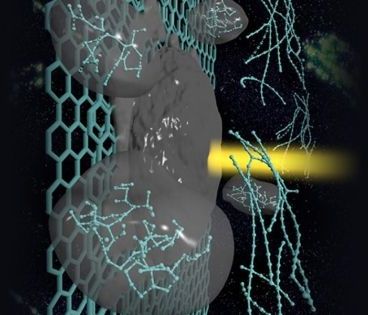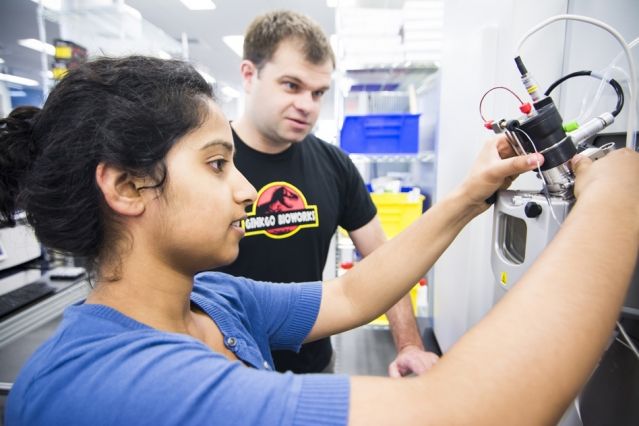
To help stem the tide of rhino poaching, some biotech companies such as Pembient are seeking to develop and manufacture synthetic horns that are biologically identical to the real thing. The thinking behind this is that the availability of bio-identical fake horns at a substantially lower price than wild horns would cause demand to shift towards the synthetic substitutes, which would reduce people’s incentives to poach rhinos.
I have argued previously that—from the perspective of what would be most effective in curbing poaching—the synthetic horns should not be made to be perfect fakes, i.e., bio-identical. Instead, the synthetic horns should be engineered to be (i) difficult to distinguish from wild horns but (ii) undesirable or unappealing in some respect so that buyers would place little value on them. This proposal makes use of a phenomenon in economics known as adverse selection, which occurs when buyers in a market are unable to distinguish between high- and low-quality products, and their lack of information drives down demand—and, hence, prices—enough that high-quality products (which would be wild horns in the context of rhino horns) cease to be supplied by sellers.
For conservationists and others who are concerned about the fate of the rhinos, it is critical to understand why biotech companies would prefer making bio-identical synthetic horns—rather than undesirable fakes—because of the implications this has for conservation policies. Simply put, it would be more profitable to produce and sell perfect fakes rather than synthetic horns that would be considered undesirable. All else being equal, putting out undesirable fakes that buyers cannot distinguish from the real ones, by reducing demand for horns, would lead to lower prices in the horn market compared to the case with bio-identical synthetic horns. This, of course, would generate less revenue for the producers of synthetic horns.
Continue reading “Can Biotech Companies Save The Rhinos?” »


















